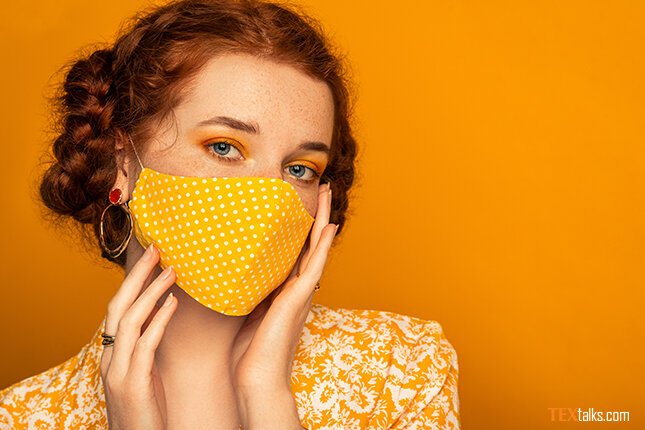Disposable nonwoven personal protective equipments (PPEs) like masks, gowns, and others are causing a huge environmental burden amid COVID-19. OceansAsia, a nonprofit marine conservation advocacy organization, recently researched how many single-use face masks are likely to have entered the world’s oceans in 2020. Overall, the organization estimates that more than 1.5 billion face masks entered oceans in 2020, resulting in an additional 4,680 to 6,240 metric tons (about 5,160 to 6,880 U.S. tons) of marine plastic pollution. Thus, it can be said that there is a strong need to reuse the nonwoven PPEs to avoid pollution.
Researchers from Simon Fraser University (SFU) and the University of Victoria (UVic) have discovered a method to treat and safely sterilize nonwoven polypropylene-fabrics, the material used to fabricate personal protective equipment (PPE). The method uses only visible light for the said purpose. Following the light exposure, researchers found that the treated sheet had inactivated 99.99% of Influenza A virus particles compared to a control. Influenza A was chosen as the virus for this study to provide proof of concept because its enveloped structure and RNA genome are similar to SARS-CoV2, the virus responsible for the current global COVID-19 pandemic.
Tyler Cuthbert said, “This work has the potential to decrease the environmental impact of a large industry producing billions of single-use PPE products per year that are not being recycled. Ideally, sterilization of PPE should be simple and accessible so that healthcare workers everywhere, including those in remote communities, can access safe and sterile PPE despite global shortages and supply chain disruptions. PPE should not decrease or dictate the level of care provided to patients. By introducing a continuously sterilizing material, the threat of pathogen transfer and infection can be ideally eliminated, which in turn has the potential to improve the overall care in hospitals, especially in units that rely on, and require, PPE such as N95 respirators.”
The developed method can reduce the utilization of new PPEs again and again. Same PPEs could be sterilized and used for various activities, and it has the potential to go global.



